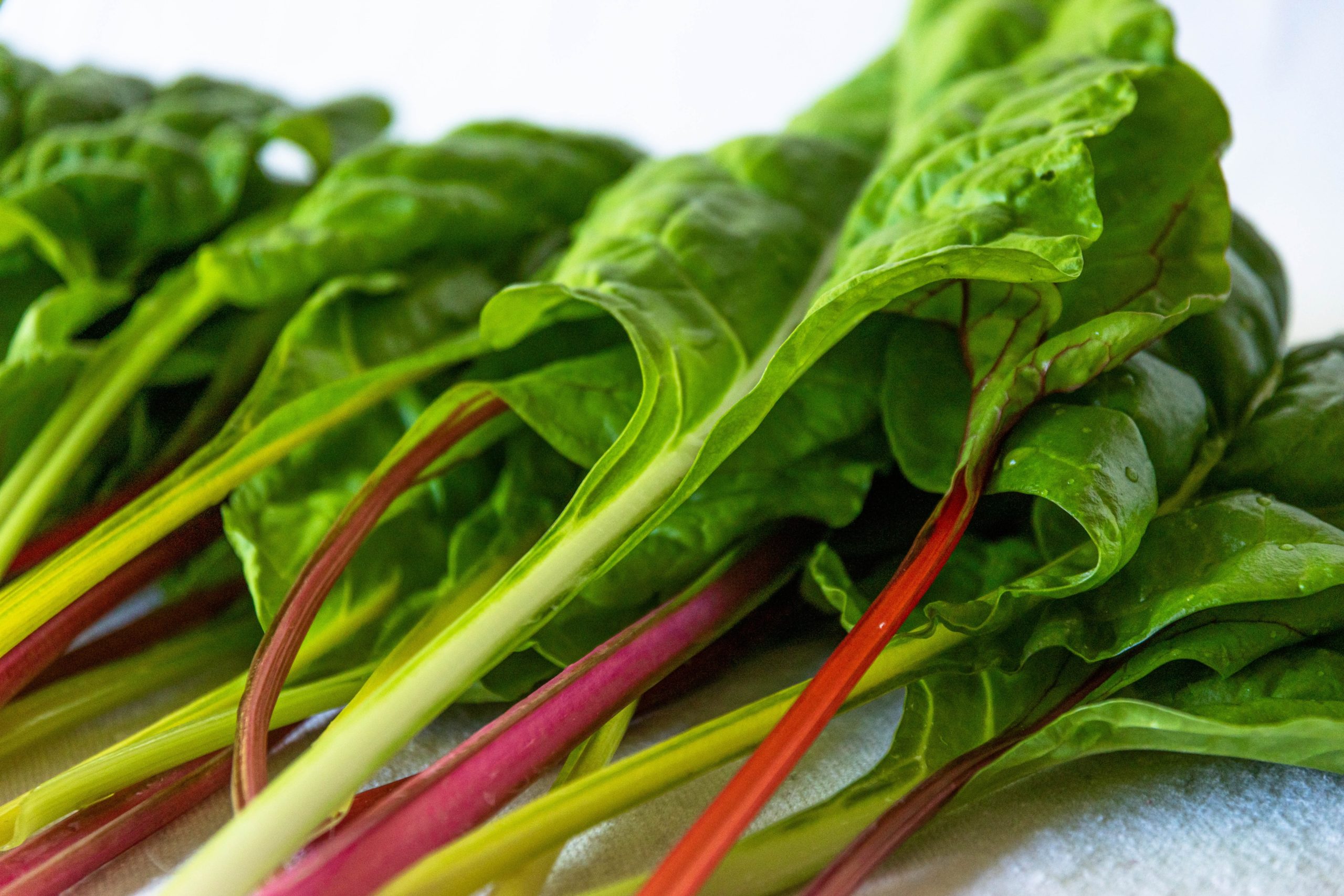Some consider salads to be the superior healthy meal, but in reality, some lettuces like iceberg and romaine have little to no nutritional value. If you really want to get the most out of your salads, craft them with hearty, nutrient-packed greens that will benefit your health! Here are five lettuce alternatives that you should be adding to your salads in the new year!
KALE
This superfood has gained a lot of popularity over the years because of its pleasant texture, rich taste and incredible health benefits! Kale is rich in vitamin A and C, which helps support good eye-site, healthy skin, the immune system, healthy blood pressure, good iron levels and bone health, according to Healthline, an online health resource. One serving of this powerhouse plant is only 33 calories, making it one of the most nutrient- dense lettuce alternatives! This green comes in many different varieties, and it tastes great paired with tart apples, feta cheese and walnuts!
Iceberg lettuce only contains about 17 mcg of vitamin K per serving, while kale contains 547 mcg.
ARUGULA
You can find arugula in most premade spring mixes in your grocery store, but did you know that this delicious green is associated with reducing the risk of cancer? A study from PLOS ONE health journal found that the isothiocyanates, organic compounds, found in arugula have anticancer properties that could aid in cancer cell death. Also, arugula contains folate, which is beneficial for pregnant women to prevent birth complications, according to Healthline. Who knew that this common leafy green could be so powerful! With only five calories and a lot of flavor, arugula is a great addition to any salad.
RADICCHIO
Even though this lettuce alternative is not actually a leafy green, it still holds its own when it comes to nutritional value. With a rich, purple color and a spicy taste, it can add a lot of color and flavor to a classic salad. According to a study in the Evidence-Based Complementary and Alternative Medicine journal, radicchio or chicory, has been “widely used medicinally to treat various ailments ranging from wounds to diabetes.” It has twice as much zinc and copper as red cabbage, and is a great source of vitamin K, according to Healthline.
SPINACH
Growing up, we would turn our heads at the thought of spinach, but now that our pallets are more refined, we are ready to receive all of its benefits! According to the Mayo Clinic, spinach can help improve your skin, lower your risk of dementia and prevent your chances of developing an iron deficiency. Also, one cup of spinach packs a whopping 540 mg of potassium which is more than that of one banana. Pair a spinach salad with some pan-seared salmon for a healthy meal that packs a nutritious punch!
RAINBOW CHARD
These colorful greens add some fun into your typical, boring salad. Rainbow chard gets its name from its colorful stems of green, yellow, orange, pink and purple. It is a great source of fiber, iron, magnesium and manganese, and it is full of phytochemicals. Phytochemicals are chemicals found in plants that help us fight off cancer, decrease inflammation, reduce blood pressure, fight viruses and have better eyesight, according to Harvard Health. Also, rainbow chard is essentially fat-free, making it the perfect salad add-in for those trying to minimize their fat intake. Add this flavorful green to any salad!
Because of it’s mild taste, chard pairs well with strong flavors like blue cheese, garlic and balsamic vinegar!
LETT-UCE NOT: Lettuce With Low Nutritional Value
ICEBERG LETTUCE
This type of lettuce, while crunchy and delightful, doesn’t bear the same nutritional weight as other leafy greens. It is affordable and easily accessible, yet it is one of the least nutrient- dense greens out there. For example, iceberg lettuce only contains about 17 mcg of vitamin K per serving, while kale contains 547 mcg. Also, it has very little vitamin C and E and contains a lot of water. While this type of lettuce can add a great, crunchy bite to sandwiches and burgers, it will not give you as many nutrients as other leafy greens.
ROMAINE LETTUCE
While romaine lettuce is better than iceberg lettuce in terms of nutritional value, it still sits on the lower end of nutrient-dense leafy greens. Just like iceberg lettuce, romaine has a high water content, a good indicator of less nutrients. It does have a good amount of vitamin A, but it lacks other nutrients and benefits that you can get from greens like rainbow chard and kale. Also, romaine contains about 210 mg of potassium per serving, but you can get more than double that amount by eating spinach in your salads instead. While romaine lettuce is not bad in any sense, you can find better, more nutritious options to add to your diet.
Related articles:
Why Do We Need Vitamin D, And How Do We Get It!
Pros And Cons Of Soy: Should You Add It To Your Diet?
What’s The Best Diet For Packing On Muscle?

